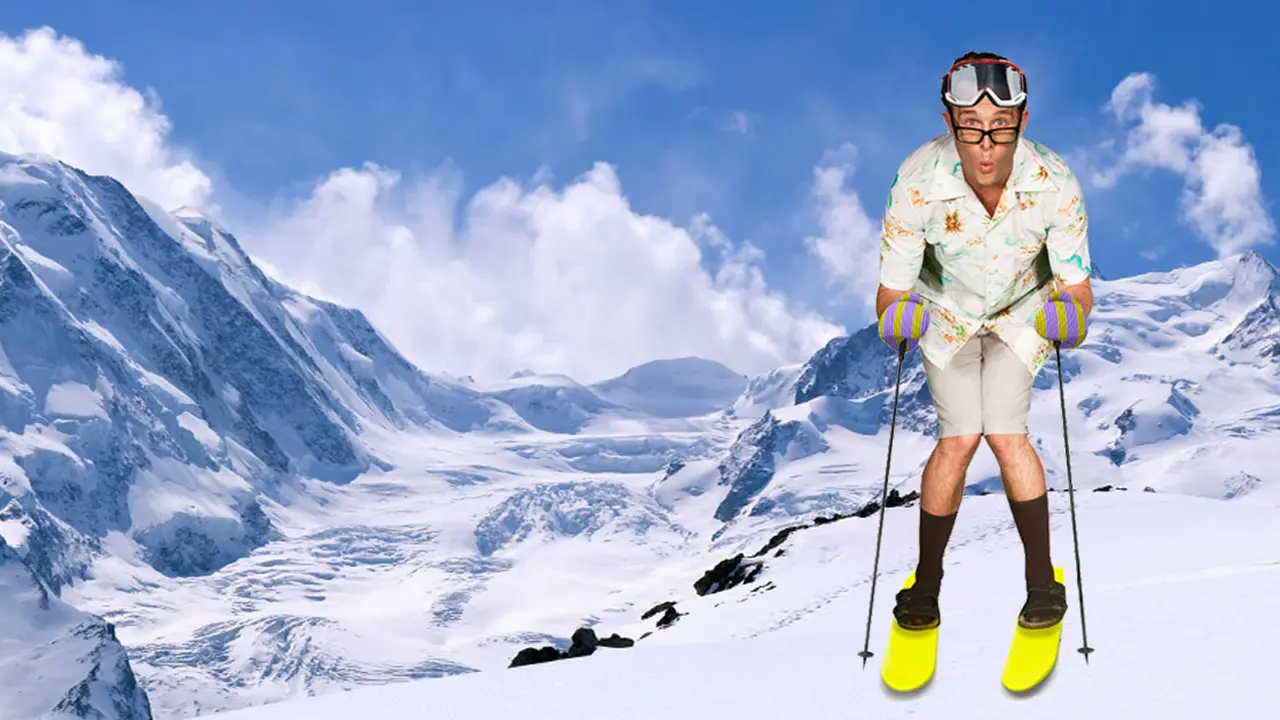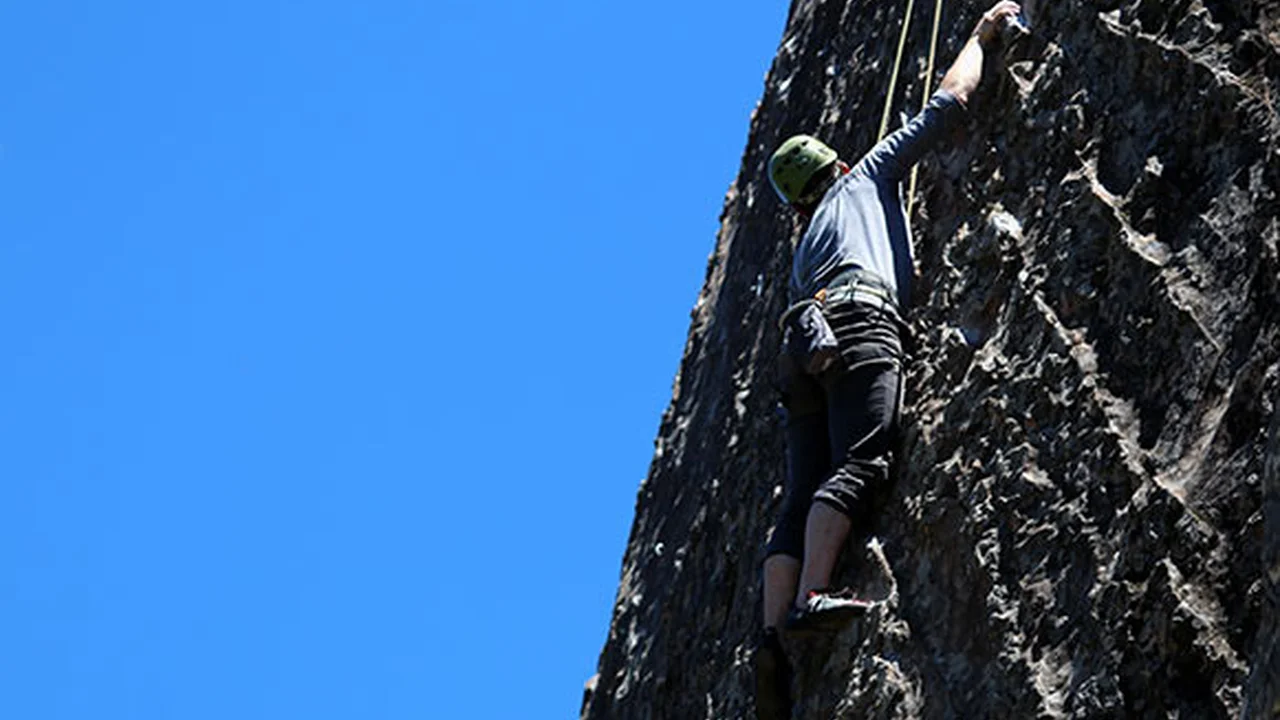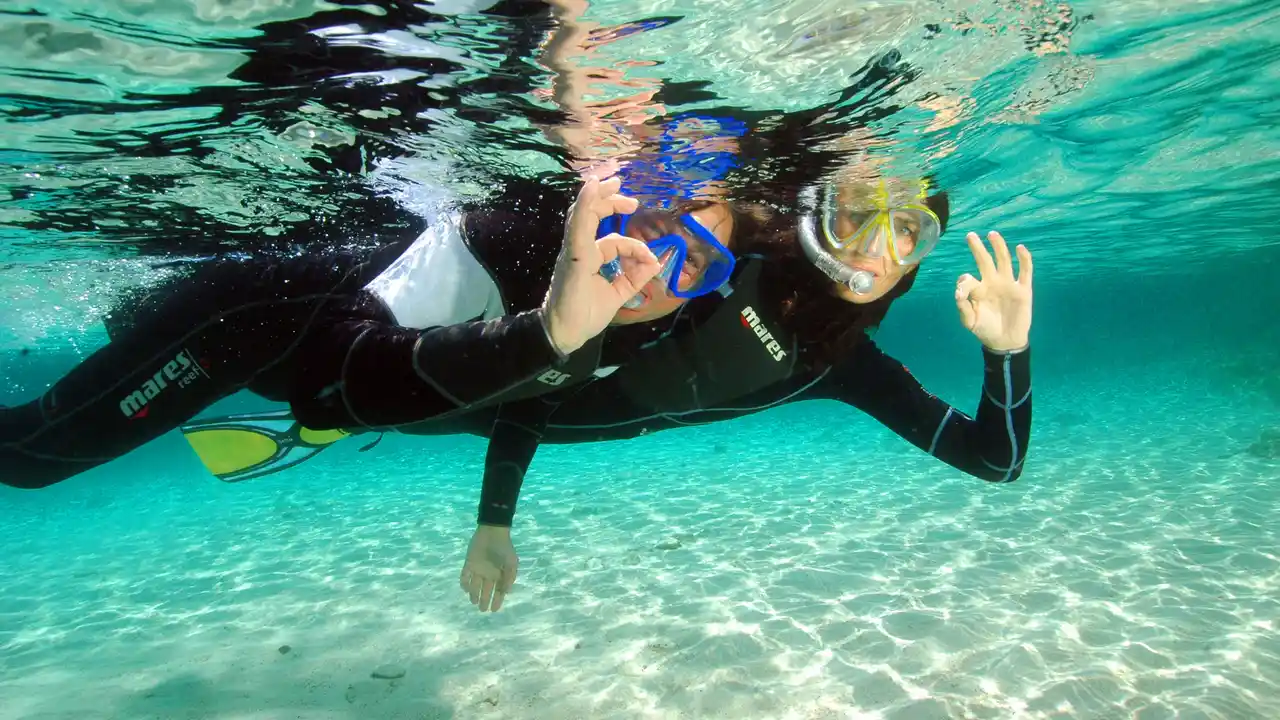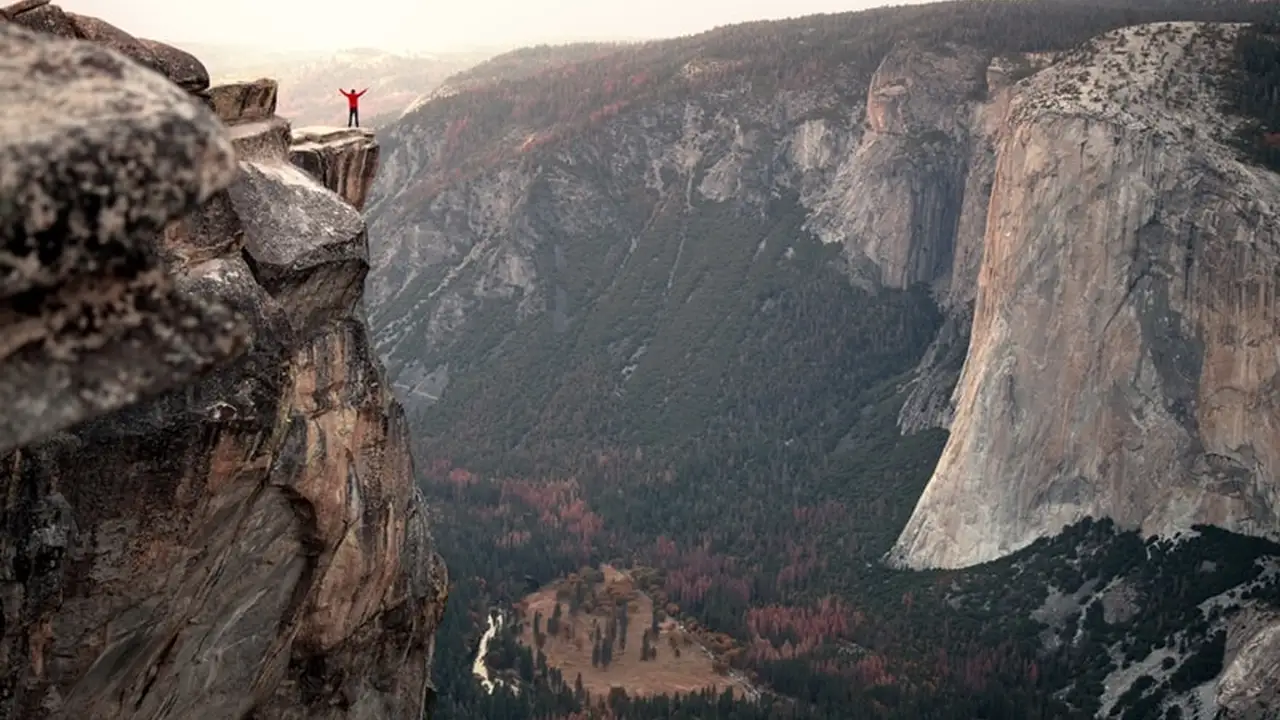3 Best Waterproof Jackets for Extreme Weather
Find the top 3 waterproof jackets designed for extreme weather conditions. Essential gear for staying dry and protected on your adventures.
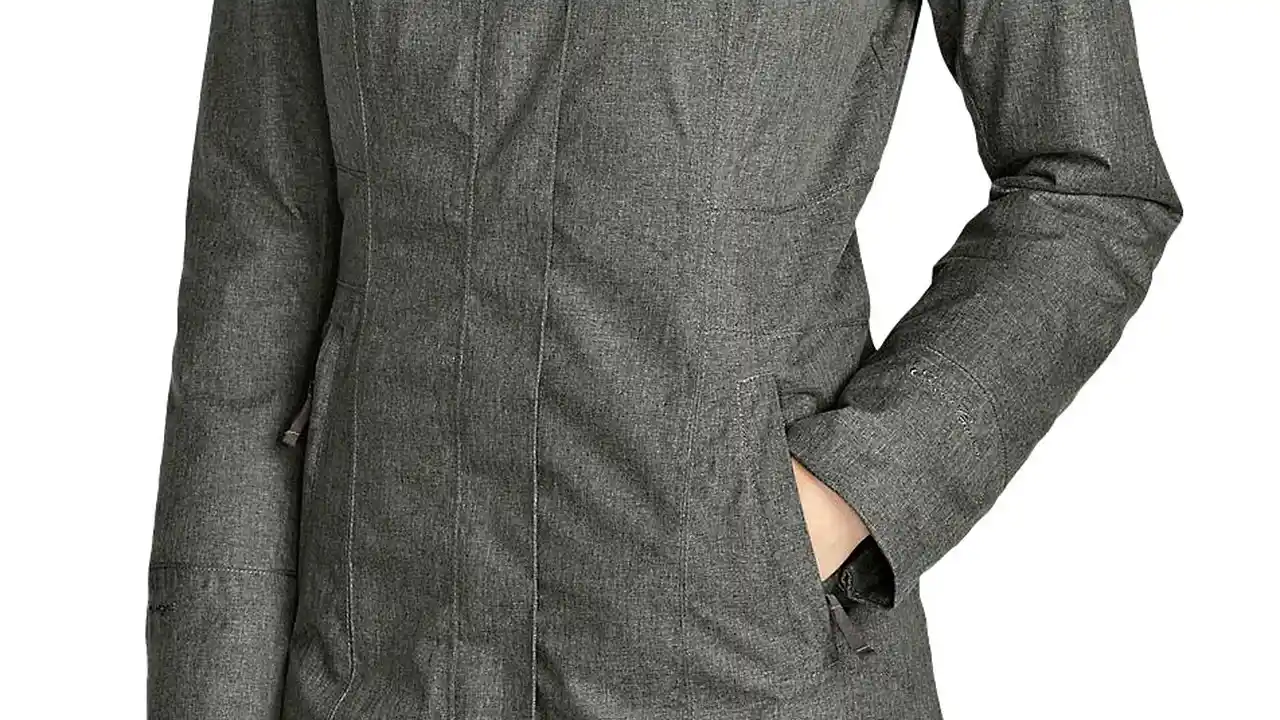
Find the top 3 waterproof jackets designed for extreme weather conditions. Essential gear for staying dry and protected on your adventures.
3 Best Waterproof Jackets for Extreme Weather
Understanding Waterproof Jacket Technology and Materials
When you're out in the wild, facing unpredictable weather, a reliable waterproof jacket isn't just a piece of gear; it's a lifeline. But what makes a jacket truly waterproof and breathable? It all comes down to the technology and materials used in its construction. The most common and effective waterproof membranes are Gore-Tex, eVent, and Pertex Shield. These membranes are designed with microscopic pores that are too small for water droplets to pass through, but large enough for water vapor (sweat) to escape, ensuring you stay dry from both the outside and the inside.
Gore-Tex, perhaps the most well-known, offers various iterations like Gore-Tex Pro for extreme durability and breathability, and Gore-Tex Paclite for lightweight packability. eVent is celebrated for its direct venting technology, which allows for even faster moisture transfer. Pertex Shield, on the other hand, focuses on lightweight performance and softness, often used in jackets where packability is paramount. Beyond the membrane, the outer fabric is usually treated with a Durable Water Repellent (DWR) finish, which causes water to bead up and roll off, preventing the outer layer from becoming saturated and compromising the membrane's breathability.
Seam sealing is another critical aspect. Even the most waterproof fabric will leak if its seams aren't properly taped. High-quality waterproof jackets feature fully taped seams, ensuring no water can seep through the stitching. Understanding these core technologies helps you appreciate why some jackets perform better and cost more than others, and it's crucial for making an informed decision when investing in your extreme weather protection.
Key Features for Extreme Weather Protection
When selecting a waterproof jacket for extreme weather, several key features go beyond just the waterproof membrane. These elements contribute significantly to your comfort, protection, and overall performance in harsh conditions.
Hood Design and Adjustability for Weather Protection
A well-designed hood is paramount. Look for hoods that are helmet-compatible if you engage in climbing or skiing. Crucially, the hood should offer multiple points of adjustment – around the face, at the back of the head, and sometimes at the neck – to ensure a snug fit that moves with your head, maintains peripheral vision, and effectively seals out wind and rain. A stiffened brim is also a huge plus, helping to keep rain out of your eyes.
Zipper Quality and Water Resistance for Durability
Zippers are often weak points. High-quality waterproof jackets utilize water-resistant or waterproof zippers, often YKK AquaGuard or similar. These zippers have a polyurethane coating that prevents water ingress. Additionally, storm flaps behind the main zipper provide an extra layer of protection against wind and rain, ensuring no water seeps through the teeth.
Pocket Placement and Accessibility for Convenience
Consider pocket placement. Pockets should be accessible even when wearing a backpack with a hip belt or a climbing harness. Chest pockets are often ideal for this. Ensure pockets have water-resistant zippers or storm flaps to protect your valuables. Internal pockets are also useful for keeping electronics dry and warm.
Ventilation Options for Breathability and Comfort
Even with breathable membranes, active pursuits can lead to sweat buildup. Pit zips (zippers under the arms) are essential for rapid ventilation, allowing you to dump excess heat without fully opening the jacket. Some jackets also feature mesh-lined pockets that can double as vents. Effective ventilation is key to preventing that clammy feeling and maintaining a comfortable microclimate inside your jacket.
Adjustable Cuffs and Hem for Sealing Out Elements
Adjustable cuffs, typically with Velcro tabs, allow you to seal out wind and rain and fit over or under gloves. A drawcord hem at the bottom of the jacket helps to cinch it tight around your waist, preventing drafts and keeping the jacket from riding up when you're moving. These seemingly small details make a big difference in keeping the elements out.
Top 3 Waterproof Jackets for Extreme Weather Conditions
After extensive research, testing, and considering user reviews, we've narrowed down the top three waterproof jackets that consistently perform exceptionally well in extreme weather conditions. These jackets represent the pinnacle of protection, durability, and functionality for serious adventurers.
Arc'teryx Beta AR Jacket The All Rounder
The Arc'teryx Beta AR Jacket is a legendary piece of outerwear, renowned for its versatility and bombproof construction. It's designed as an 'All Round' jacket, meaning it excels across a wide range of mountain activities, from hiking and trekking to climbing and skiing. Its robust build and thoughtful features make it a go-to for those who demand uncompromising performance in the harshest environments.
Key Features and Benefits of Arc'teryx Beta AR
- Material: Constructed with Gore-Tex Pro, the most durable and breathable version of Gore-Tex. This three-layer fabric provides exceptional waterproofness and breathability, even during high-output activities.
- Durability: The Beta AR uses different denier fabrics in strategic areas – a more robust N80d fabric in high-wear areas like the shoulders and arms, and a lighter N40d fabric elsewhere to reduce bulk and weight. This intelligent design maximizes durability without sacrificing mobility.
- Hood: Features the 'DropHood' – a separate collar and hood construction that offers excellent protection and can be easily adjusted to fit over a helmet. The hood provides superb peripheral vision and cinches down tightly to seal out wind and rain.
- Zippers: Equipped with WaterTight Vislon front zipper and WaterTight pit zips for ventilation. These zippers are highly water-resistant, and the pit zips allow for rapid heat dumping when you're working hard.
- Pockets: Two large hand pockets are placed high enough to be accessible when wearing a harness or backpack hip belt. An internal laminated chest pocket provides secure storage for essentials.
- Fit: A regular fit allows for layering underneath without feeling restrictive. Articulated patterning ensures excellent freedom of movement.
Ideal Usage Scenarios for Arc'teryx Beta AR
The Beta AR is ideal for mountaineering, ice climbing, backcountry skiing, multi-day trekking, and any activity where you expect to encounter severe weather. Its durability makes it suitable for abrasive environments, and its breathability handles high exertion levels. It's a true workhorse for the serious outdoor enthusiast.
Estimated Price Range for Arc'teryx Beta AR
The Arc'teryx Beta AR typically retails for around $599 - $650 USD. While a significant investment, its longevity and performance justify the cost for those who prioritize reliability in extreme conditions.
Outdoor Research Guardian Jacket Lightweight and Packable
The Outdoor Research Guardian Jacket stands out for its impressive balance of waterproof protection, breathability, and lightweight packability. It's an excellent choice for adventurers who need reliable weather protection without the bulk, making it perfect for fast-and-light missions or as an emergency shell.
Key Features and Benefits of Outdoor Research Guardian
- Material: Utilizes AscentShell 3L fabric, Outdoor Research's proprietary electrospun membrane. AscentShell is known for its exceptional breathability and soft, quiet feel, making it very comfortable to wear. It's also fully waterproof.
- Weight and Packability: One of the lightest and most packable jackets in its class, making it easy to stash in your backpack without taking up much space or adding significant weight.
- Ventilation: Features TorsoFlo hem-to-bicep zippers, which are essentially full-length pit zips that extend down to the hem. This allows for massive ventilation, effectively turning the jacket into a poncho for maximum airflow without removing it.
- Hood: Fully adjustable hood with a wire brim, providing excellent protection and the ability to fine-tune the fit.
- Pockets: Two zippered hand pockets and a zippered chest pocket, all with water-resistant zippers.
- Fit: A standard fit that allows for comfortable layering.
Ideal Usage Scenarios for Outdoor Research Guardian
The Guardian Jacket is perfect for fast-paced activities like trail running, fastpacking, ultralight backpacking, and day hikes where weather can change rapidly. It's also a great option for travel due to its low weight and small packed size. While capable in extreme weather, its lighter construction means it might not be as bombproof as the Beta AR for sustained, highly abrasive conditions.
Estimated Price Range for Outdoor Research Guardian
The Outdoor Research Guardian Jacket typically ranges from $220 - $280 USD. This makes it a more accessible option while still offering high-level performance and innovative features.
Patagonia Stormfleece Jacket Sustainable and Versatile
The Patagonia Stormfleece Jacket, while not a traditional hardshell, represents a new category of highly water-resistant and breathable softshell that can handle a surprising amount of extreme weather. It's designed for active pursuits where breathability and comfort are paramount, but significant weather protection is still required. Patagonia's commitment to sustainability is also a key highlight.
Key Features and Benefits of Patagonia Stormfleece
- Material: Made from a unique blend of recycled polyester and spandex, with a durable water repellent (DWR) finish. The fabric itself is a double-weave construction that is inherently wind-resistant and highly water-resistant, shedding light rain and snow effectively. It's not fully waterproof like a hardshell, but offers excellent protection for its weight and breathability.
- Breathability: Exceptional breathability due to its softshell nature, making it incredibly comfortable for high-output activities where you're constantly moving.
- Comfort and Stretch: The fabric has a soft hand feel and significant stretch, allowing for unrestricted movement. The fleece interior provides a touch of warmth.
- Sustainability: Made with recycled materials and Fair Trade Certified sewn, reflecting Patagonia's strong environmental and social commitments.
- Hood: Adjustable, helmet-compatible hood provides good coverage.
- Pockets: Zippered hand pockets and a chest pocket.
Ideal Usage Scenarios for Patagonia Stormfleece
The Stormfleece is ideal for activities like alpine climbing, ski touring, ice climbing, and cold-weather hiking where you need a highly breathable layer that can shed snow and light rain, block wind, and provide some insulation. It's perfect for conditions where a full hardshell might be overkill and too clammy. For torrential downpours or prolonged heavy rain, you would still want a dedicated hardshell, but for most variable mountain weather, this jacket excels.
Estimated Price Range for Patagonia Stormfleece
The Patagonia Stormfleece Jacket typically costs around $199 - $250 USD. This makes it a very competitive option for its unique blend of performance, comfort, and sustainability.
Comparing the Top 3 Jackets for Your Adventure Needs
Choosing the right waterproof jacket depends heavily on your specific adventure needs, the types of extreme weather you anticipate, and your budget. Let's compare the Arc'teryx Beta AR, Outdoor Research Guardian, and Patagonia Stormfleece across several critical dimensions.
Durability and Longevity Comparison
When it comes to sheer durability and longevity, the Arc'teryx Beta AR stands out. Its Gore-Tex Pro construction with varying fabric deniers in high-wear areas makes it incredibly robust and resistant to abrasion. This jacket is built to withstand years of abuse in harsh alpine environments, making it a long-term investment. The Outdoor Research Guardian, while durable for its weight, is designed for lighter, faster pursuits. Its AscentShell fabric is tough but not as inherently burly as Gore-Tex Pro. The Patagonia Stormfleece, being a softshell, is the least durable in terms of resisting sharp objects or prolonged abrasion, but its double-weave construction is surprisingly resilient for its category.
Breathability and Comfort in Active Pursuits
For breathability and comfort during high-output activities, the Patagonia Stormfleece takes the lead. Its softshell nature and unique fabric construction allow for exceptional air permeability, preventing overheating and clamminess. The Outdoor Research Guardian with its AscentShell technology is also highly breathable, often feeling more comfortable than traditional hardshells due to its softer hand and excellent moisture transfer. The Arc'teryx Beta AR, while using Gore-Tex Pro (which is very breathable for a hardshell), will still feel less breathable than the other two during intense exertion, though its pit zips help mitigate this.
Weight and Packability for Different Adventures
If weight and packability are your top priorities, the Outdoor Research Guardian is the clear winner. Its lightweight design and ability to pack down incredibly small make it ideal for ultralight backpacking, fastpacking, or as a just-in-case emergency shell. The Patagonia Stormfleece is also relatively light and packable for a softshell, offering a good balance of warmth and weather resistance without excessive bulk. The Arc'teryx Beta AR is the heaviest and bulkiest of the three, a trade-off for its superior durability and protection, making it less ideal for minimalist trips.
Price Point and Value for Money
In terms of price, the Patagonia Stormfleece and Outdoor Research Guardian offer excellent value. The Stormfleece provides a versatile, highly breathable, and sustainably made option at a very competitive price point. The Guardian delivers top-tier hardshell performance in a lightweight package without the premium price tag of some competitors. The Arc'teryx Beta AR is the most expensive, but for those who need the absolute best in terms of bombproof protection and long-term durability for the most extreme conditions, its value lies in its unparalleled reliability and longevity. It's an investment that pays off over many years of hard use.
Maintenance and Care for Your Waterproof Jacket
To ensure your waterproof jacket continues to perform optimally and lasts for many seasons, proper maintenance and care are essential. Neglecting your jacket can lead to reduced waterproofness and breathability, ultimately compromising your protection in extreme weather.
Cleaning Your Waterproof Jacket Properly
It might seem counterintuitive to wash a waterproof jacket, but dirt, body oils, and sweat can clog the membrane's pores, reducing breathability and even affecting the DWR finish. Always check the care label first, but generally, you should:
- Prepare: Zip up all zippers, close all flaps and fasteners. Loosen any drawcords.
- Wash: Use a technical wash specifically designed for waterproof breathable fabrics (e.g., Nikwax Tech Wash or Grangers Performance Wash). Avoid conventional detergents, fabric softeners, or bleach, as these can damage the membrane and DWR. Wash on a gentle cycle with cold or warm water. You might need to run an extra rinse cycle to ensure all detergent is removed.
- Dry: Air dry your jacket or tumble dry on a low heat setting. High heat can damage the membrane.
Reactivating or Reapplying DWR Finish
The Durable Water Repellent (DWR) finish on the outer fabric is crucial for preventing the fabric from wetting out. Over time, the DWR will wear off. You'll notice this when water no longer beads up and rolls off, but instead soaks into the outer fabric. To reactivate or reapply DWR:
- Reactivate: Often, simply washing and tumble drying your jacket on a low heat setting can reactivate the existing DWR. The heat helps to redistribute the DWR polymers.
- Reapply: If reactivation doesn't work, you'll need to reapply DWR. There are two main types: wash-in treatments (e.g., Nikwax TX.Direct Wash-In) and spray-on treatments (e.g., Grangers Performance Repel Spray). Follow the product instructions carefully. Spray-on treatments are often preferred as they only treat the outer fabric, leaving the inner lining unaffected.
Proper Storage for Longevity
How you store your jacket also impacts its lifespan. Always ensure your jacket is clean and completely dry before storing it. Store it in a cool, dry place away from direct sunlight. Avoid compressing it tightly for long periods, as this can damage the membrane and DWR. Hanging it in a closet is ideal. Proper care ensures your jacket remains a reliable shield against the elements for years to come.
Future Innovations in Waterproof Technology
The world of outdoor gear is constantly evolving, and waterproof technology is no exception. Manufacturers are continuously pushing the boundaries to create materials that are even more waterproof, breathable, durable, and sustainable. Here are some exciting trends and innovations we can expect to see in the future:
Sustainable and PFC-Free DWR Solutions
One of the most significant areas of innovation is in sustainable DWR (Durable Water Repellent) treatments. Traditional DWRs often contain per- and polyfluoroalkyl substances (PFAS or PFCs), which are highly effective but have been linked to environmental and health concerns due to their persistence in nature. The industry is rapidly moving towards PFC-free DWR alternatives that offer comparable performance without the environmental impact. Brands are investing heavily in research and development to find new chemistries that are both effective and eco-friendly. Expect to see more jackets featuring these next-generation, environmentally responsible DWRs.
Enhanced Breathability and Active Venting Systems
While current membranes are highly breathable, there's always room for improvement, especially during high-exertion activities. Future innovations will likely focus on even more advanced membrane technologies that can actively adapt to body temperature and moisture levels, providing dynamic breathability. We might see more jackets with integrated active venting systems that can automatically open or close based on internal humidity or temperature, rather than relying solely on manual pit zips. This could involve smart fabrics or micro-pump systems that actively move moisture away from the body, keeping you drier and more comfortable.
Integration of Smart Technology and Wearables
The convergence of outdoor gear and smart technology is another exciting frontier. Imagine jackets with integrated sensors that monitor your core body temperature, humidity levels, or even heart rate, and then adjust ventilation or provide alerts. While still in early stages, we could see jackets that communicate with your smartphone or other wearables to provide real-time data on your comfort levels and environmental conditions. This could lead to more personalized and optimized performance in extreme weather, allowing adventurers to make more informed decisions about their layering and activity levels.
Recycled and Bio-Based Materials in Construction
Beyond DWR, the entire construction of waterproof jackets is becoming more sustainable. Expect to see an increasing use of recycled content in both the face fabrics and the membranes themselves. Some brands are already experimenting with bio-based polymers derived from renewable resources, reducing reliance on petroleum-based materials. The goal is to create a fully circular economy for outdoor apparel, where jackets can be recycled at the end of their life, minimizing waste and environmental footprint. This commitment to sustainability will not only benefit the planet but also appeal to a growing segment of environmentally conscious consumers.
These innovations promise a future where waterproof jackets are not only more protective and comfortable but also more responsible and intelligent, enhancing the adventure experience while minimizing environmental impact.
:max_bytes(150000):strip_icc()/277019-baked-pork-chops-with-cream-of-mushroom-soup-DDMFS-beauty-4x3-BG-7505-5762b731cf30447d9cbbbbbf387beafa.jpg)



